Seed Sprouting and Temperatures
Violet_Z6
18 years ago
Related Stories
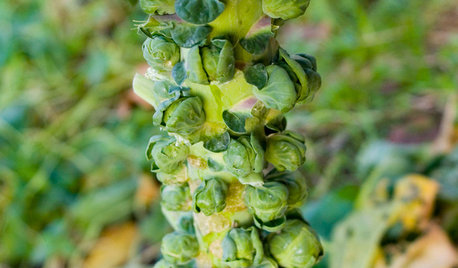
COOL-SEASON CROPSCool-Season Vegetables: How to Grow Brussels Sprouts
If you love 'em (you know who you are), fall and spring are the right times for planting these veggies in your edible garden
Full Story0
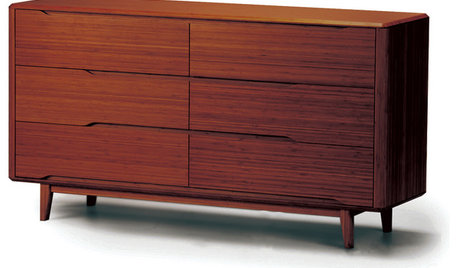
MATERIALSBamboo Sprouts Up in Bountiful Home Uses
When utensils, flooring and even fabric can be made from a single renewable material, it's a design winner
Full Story
GARDENING GUIDESHow to Plant a New Lawn From Seed
Choose from more grass varieties and save money over sod by starting your lawn from seed
Full Story
CONTAINER GARDENS8 Easy Container Plants to Grow From Seed
Get beautiful blooms and herbs in summer by starting these choice garden picks from seed in spring
Full Story
GARDENING GUIDESSeeds or Seedlings? How to Get Your Garden Started
Growing delicious herbs and vegetables starts with knowing your goals and when you want to plant
Full Story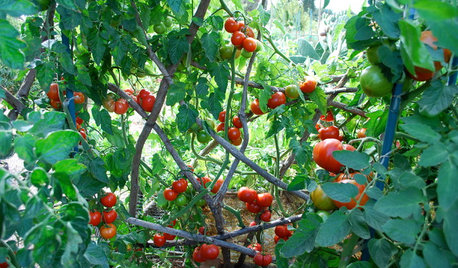
GARDENING GUIDESTexas Gardener's March Checklist
So long, freezing temperatures. It's time to kick off spring planting, lavish attention on lawns and sprinkle seeds to your heart's content
Full Story0
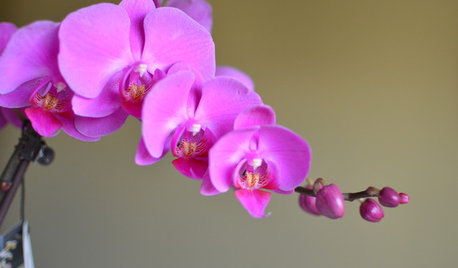
MID-ATLANTIC GARDENINGChecklist: What To Do in the Garden This Month
February Gardener: Plant sprouts, start seedlings, force bulbs, grow an orchid and more
Full Story
FARM YOUR YARDHow to Farm Your Parking Strip
Get an up-close look at a thriving street-side edible garden, one of many sprouting up in Seattle
Full Story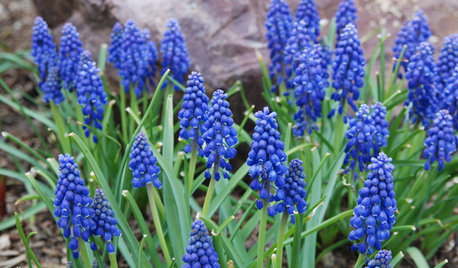
REGIONAL GARDEN GUIDESNortheast Gardener's April Checklist
Revel in the wonders of spring by babying bulbs, sprinkling seeds for root crops and setting out some nibbles for the birds
Full Story
GARDENING GUIDESPacific Northwest Gardener: What to Do in July
Deadheading spent flowers, keeping up with watering and starting seeds indoors are the biggest gardening tasks for July
Full Story0






calken
ilovecheese
Related Professionals
West Milford Landscape Architects & Landscape Designers · West Milford Landscape Architects & Landscape Designers · Waterbury Landscape Contractors · Bristol Landscape Contractors · Crystal Landscape Contractors · Cudahy Landscape Contractors · Eagle Landscape Contractors · Kerman Landscape Contractors · Vallejo Landscape Contractors · White Bear Lake Landscape Contractors · Casselberry Landscape Contractors · Cheshire Gardeners & Lawn Care · Easton Driveway Installation & Maintenance · Leesburg Driveway Installation & Maintenance · Lakewood Driveway Installation & Maintenancebyron
naturalstuff
good_gardening1
Bethany873
Violet_Z6Original Author
digit
Violet_Z6Original Author
paulns
skagit_goat_man_
Violet_Z6Original Author
Violet_Z6Original Author
belindach
Violet_Z6Original Author
Violet_Z6Original Author
albert_135 39.17°N 119.76°W 4695ft.
Violet_Z6Original Author
Violet_Z6Original Author
Violet_Z6Original Author